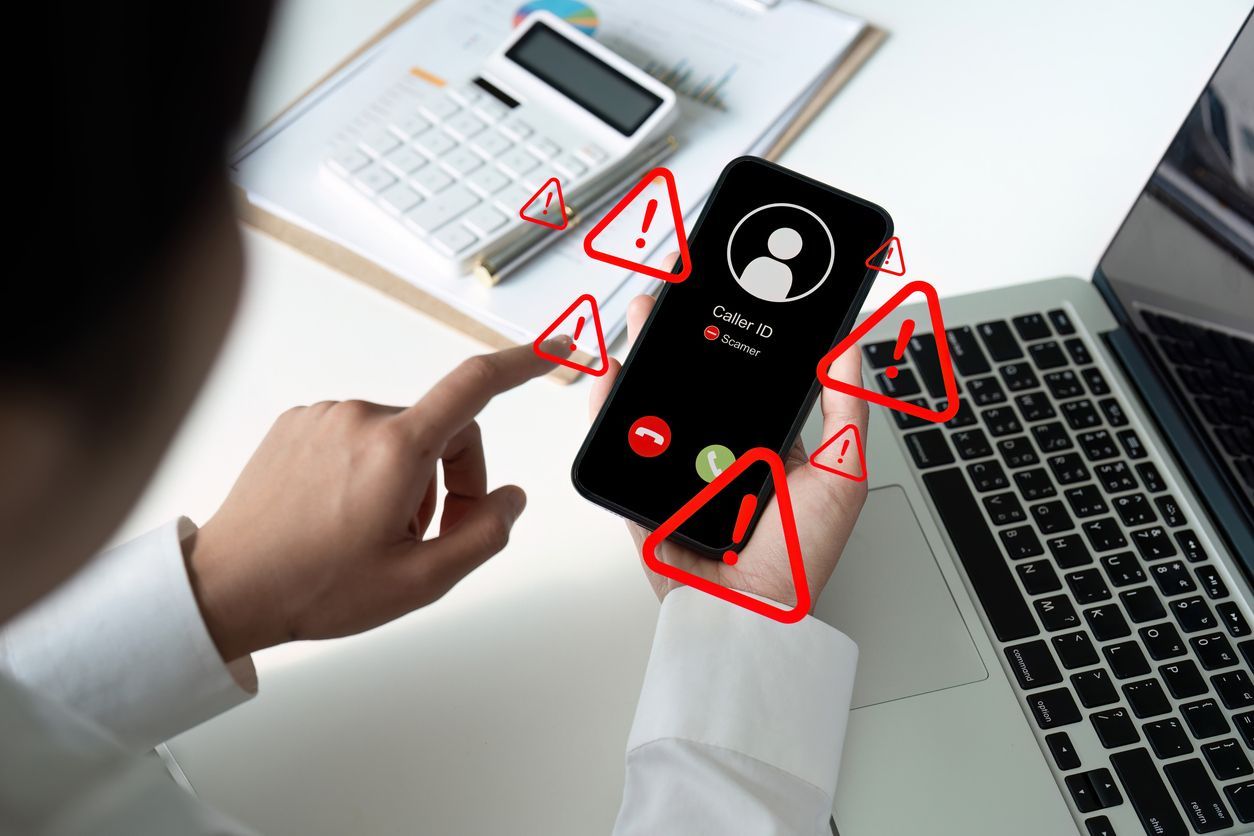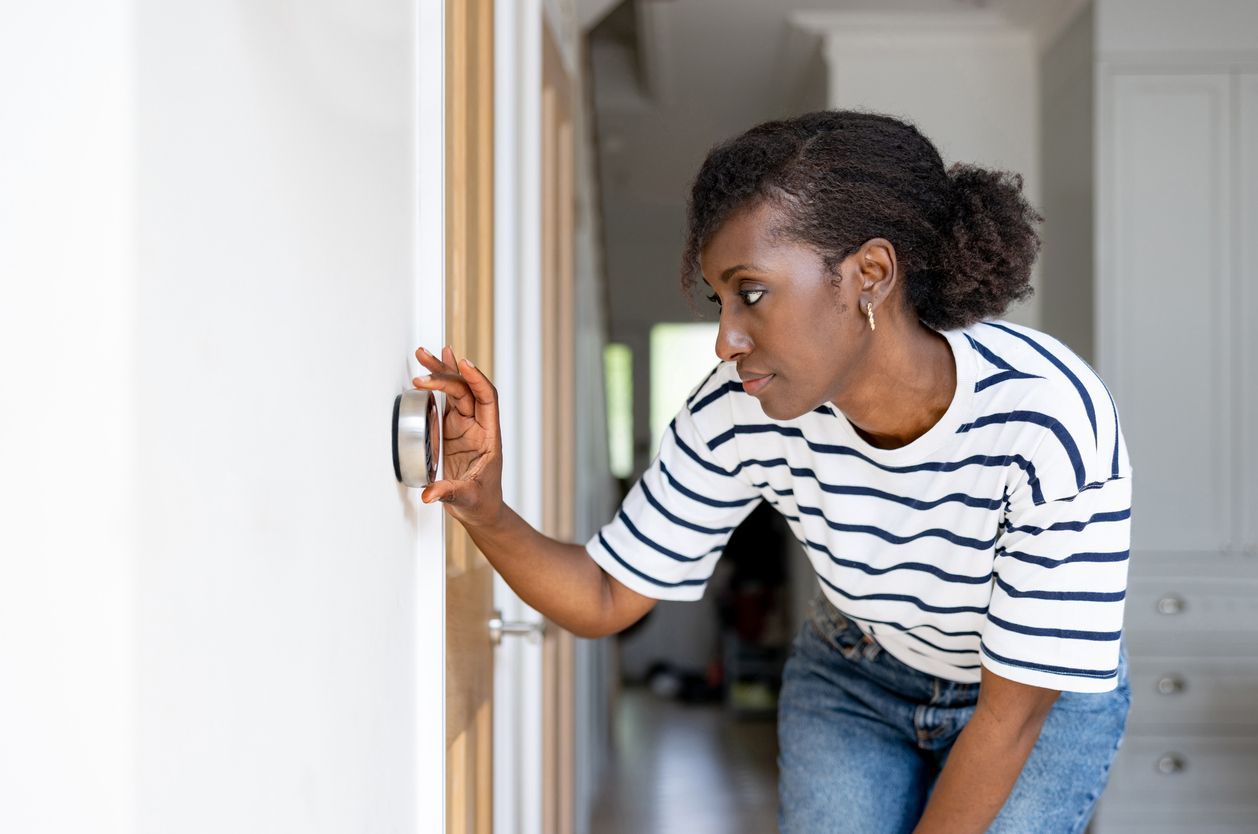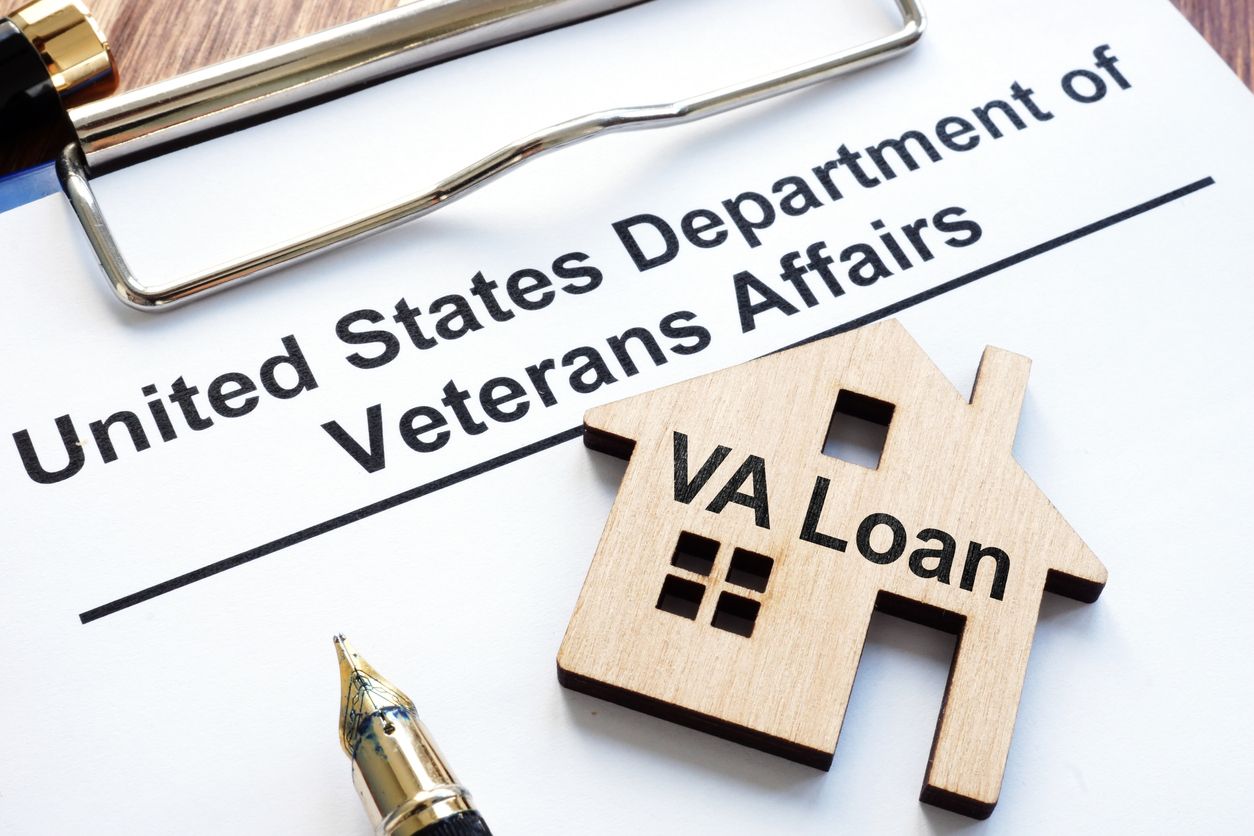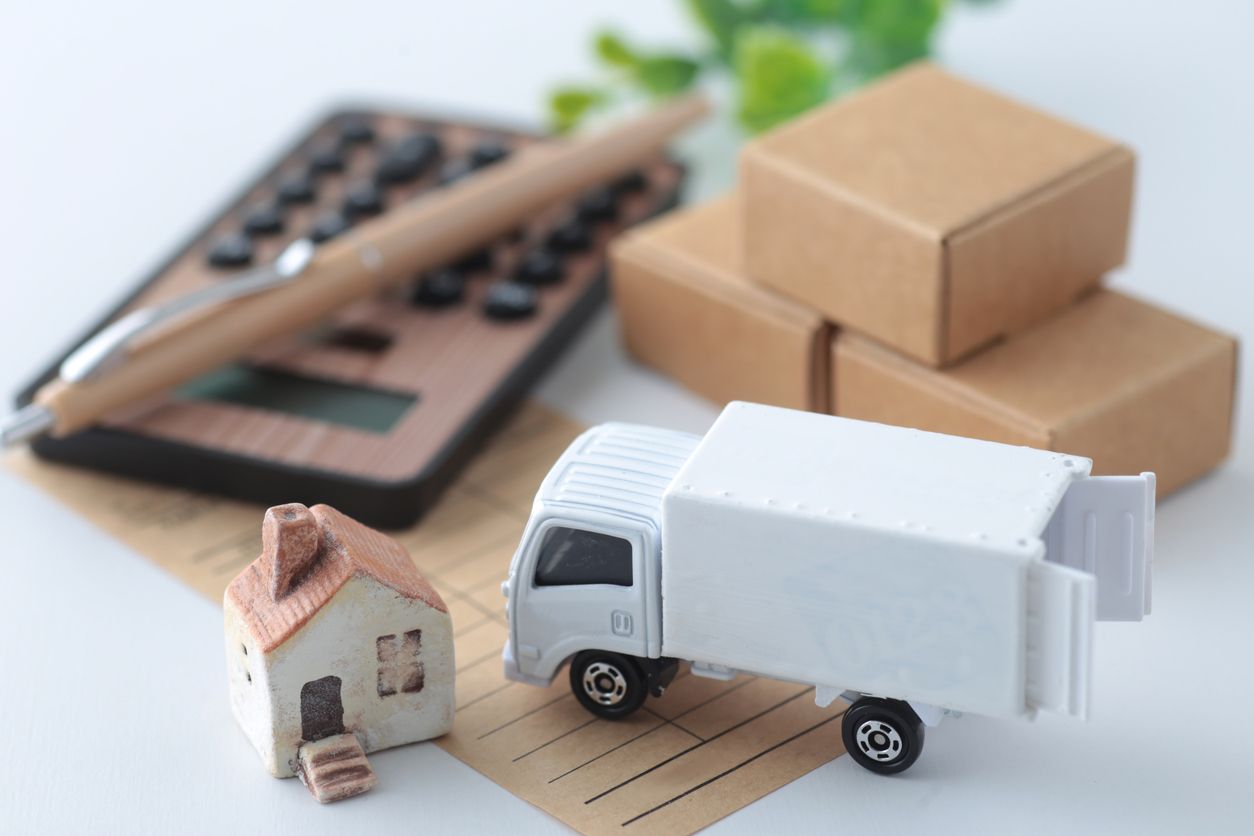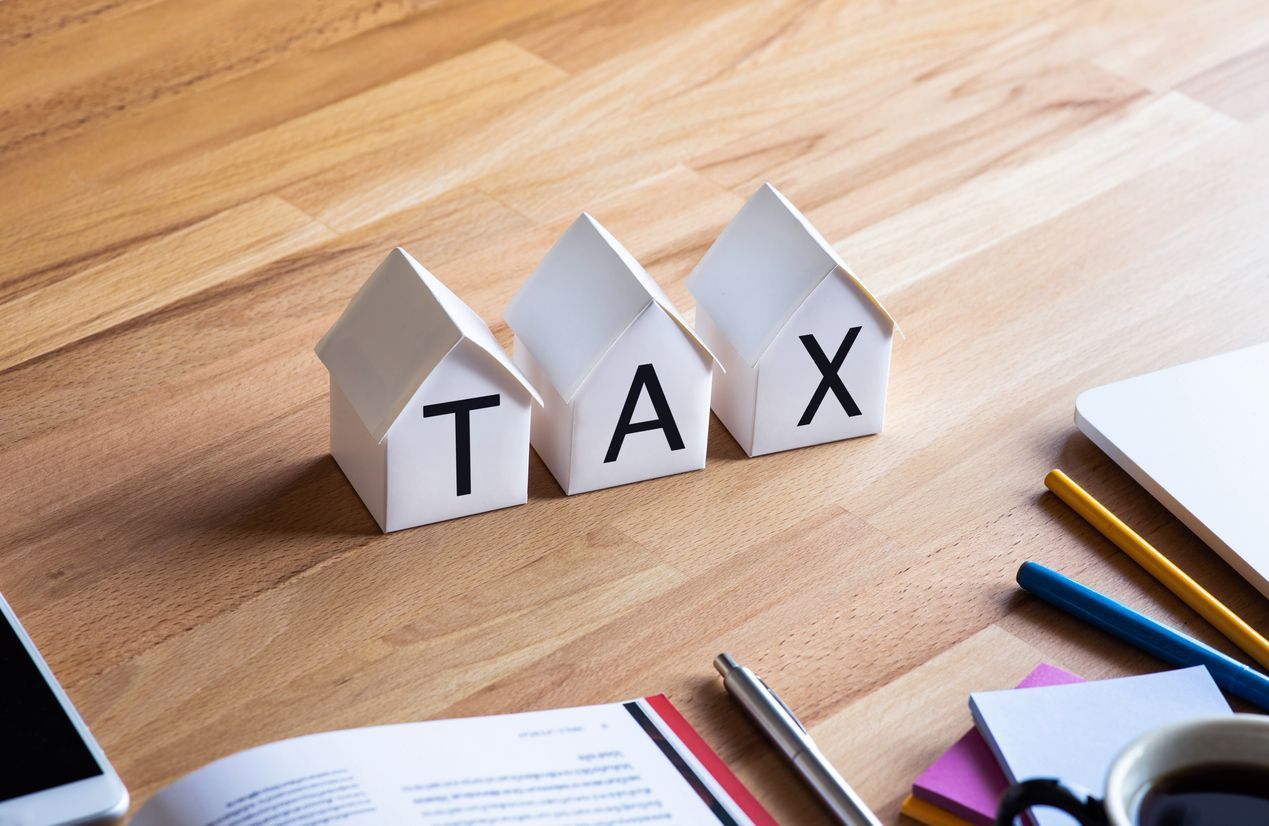Why You Should Check the Water Pressure in Your Home

You probably don’t think about the water pressure in your very often, except when there’s a dramatic change. Your status quo, however, may not mean that everything is functioning properly. If water pressure is higher or lower than it should be, it could lead to a more serious problem. By the time you notice it, you may need to invest thousands of dollars to fix what could have been an easy, earlier fix. Testing your house’s water pressure is a simple task that should be part of your regular home maintenance routine.
Too Low or Too High
Low water pressure can be a hassle when you’re taking a shower or washing dishes. It may indicate that there is a blockage or dangerous pressure on some other part of your home’s water system. If the water pressure is too high, it can damage plumbing lines and fixtures, blow out flex lines and washing machine hoses, and possibly cause flooding in your home.
Testing the water pressure is a simple way to detect a problem before it causes damage. Even pressure regulators and pressure-reducing valves can fail. That’s why the most savvy homeowners check their water pressure levels periodically.
How to Check Your Home’s Water Pressure
Turn off all faucets, appliances that use water, and any outdoor water lines or sprinklers to ensure you’re measuring the static water pressure. Water moving through the plumbing system can throw off a water pressure reading.
Your house might have a permanent water pressure gauge hooked up to the water line. If so, it will take you just a few seconds to check the pressure. If your house doesn’t have a permanent gauge, you can attach a gauge yourself.
If your home gets water from a public supply, attach a pressure gauge to an outdoor hose spigot located near the point where the main water supply enters the house. If your water comes from a well, your testing site should be a faucet or fixture near the well’s pressure tank. Another option is to attach a pressure gauge to the faucet that supplies cold water to your washing machine.
Try to choose a location with a supply pipe that’s the largest size in your house. That will help you get an accurate pressure reading.
Attach the pressure gauge directly to the faucet. Make sure the connection is tight so you get an accurate result. Turn on the faucet all the way and take a pressure reading.
How to Interpret the Results
Recommendations differ, but 40 to 60 psi is generally considered a safe range for water pressure in a house. If the pressure is too low, it might be due to a leak or a blockage in the plumbing system, or the problem might have something to do with the local water supply.
If your home’s water pressure is too high, consider having a plumber install a pressure regulator. If your house already has a regulator and the pressure reading you get is higher than it should be, have the regulator repaired or replaced.

Related Article: Home Remodeling Projects Best Left to the Professionals
Adapted from RISMedia.

